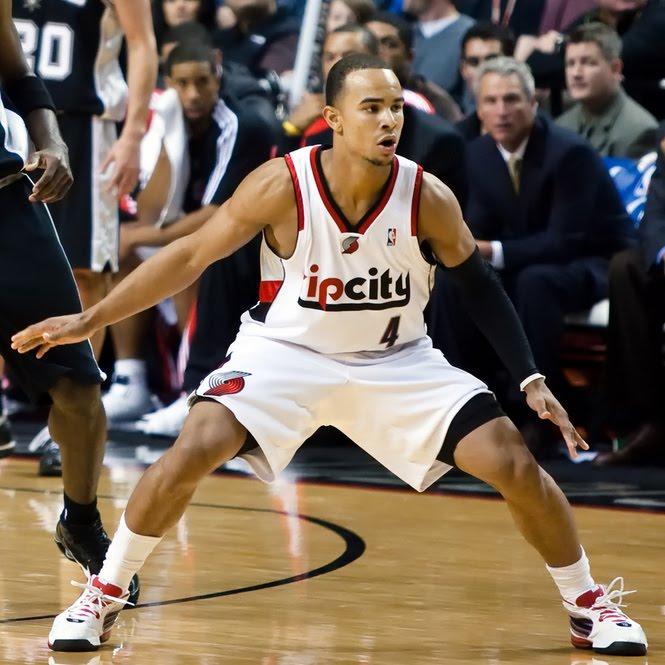How to trap basketball
Better Basketball | Creating the Perfect Trap
One of the toughest things to teach young players is effectively trapping the basketball without committing a foul. Trapping not only takes athleticism and skill, but it also requires a tremendous amount of self-discipline.
While there are several reasons why you may decide to trap, I think we can all agree the main purpose is to force turnovers. (Through deflections, errant passes, and 5 / 10 second counts)
Before I go into the technique of trapping the basketball, lets discuss the places on the court where traps are most effective. This is simple to teach, it is anywhere on the court where you can use two end/sidelines as defenders.
- Both corners in the Back Court (aka “Coffin Corner”)
- Half-Court Corners in Front Court
- Baseline Corners in Front Court (I highlighted these in green as these are not always a must trap, all dependent on position/balance of floor.
Now lets go through the technique/teaching points of trapping.![]()
- Create a Wall: One of the most important factors in trapping is preventing a split by a step/dribble through. This is not done with arms/hands, it is done by having the trappers slightly overlap their feet and almost interlock their legs like a wall. This also forces the trappers hips in tighter and closes that gap.
- Arms Up / Hands Up: When you are first teaching young players how to properly trap, I think the most important piece to teach them is how NOT to foul. Too often players start pushing and slapping with their hands, resulting in a foul and making the trap ineffective. One way to remedy this issue is to teach never to break your arms; meaning do not break (bend) your elbows and do not break your plane (reach over the offensive player). This will create a higher wall in which the offense player must try to pass over or around. I am sure many you of teach to trace the ball, but once the offensive player brings the ball down, the trappers bring their hands down and young players are not self-disciplined enough to not try to reach or grab at the ball.
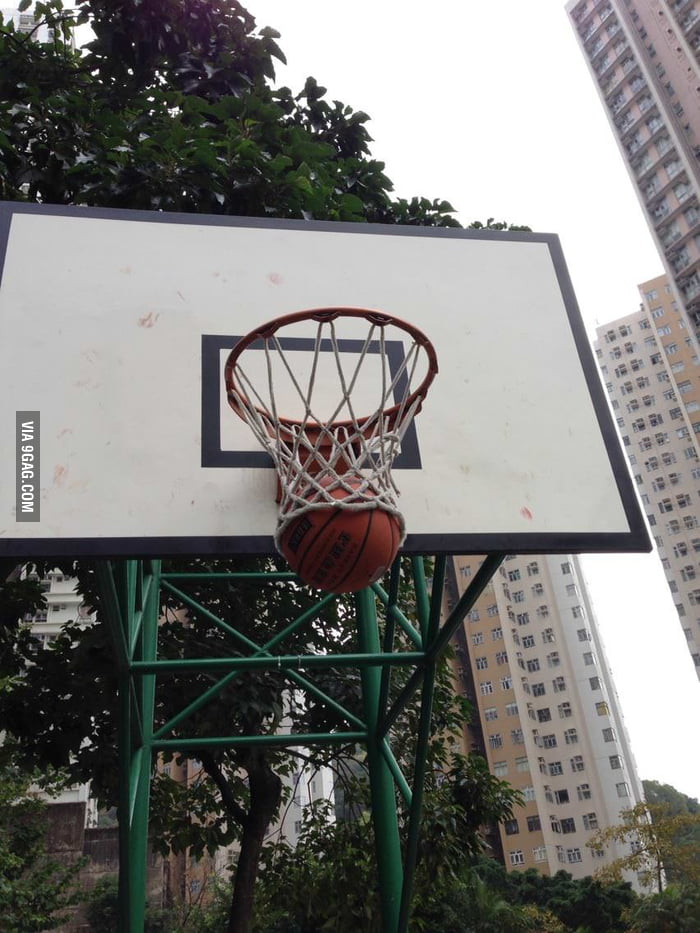 If you create a strong wall up-front, the only direction they should be able to pass the ball is behind them or overtop. If you do a great job hands high, the pass overtop should be a rainbow pass which could result in a steal, but will also give your defensive players more time to recover back to the ball.
If you create a strong wall up-front, the only direction they should be able to pass the ball is behind them or overtop. If you do a great job hands high, the pass overtop should be a rainbow pass which could result in a steal, but will also give your defensive players more time to recover back to the ball. - Close the Wall:Adding to point #2, if the offensive player ever takes the ball over their head, your trappers should walk up under the offensive player.What do I mean by walking up? Have your trappers move closer to the offense player with their body(s) keeping their arms/hands up. This will make the offensive player feel extremely uncomfortably and off-balance and make it make hard to make a strong pass out. However, it is important that once you meet the offensive players body you stop walking so the official cannot call a foul.It is important that throughout the entire trap, your trappers keep their knees slightly bent in an athletic position. Standing straight up will inevitably result in either a foul or a split every single time.
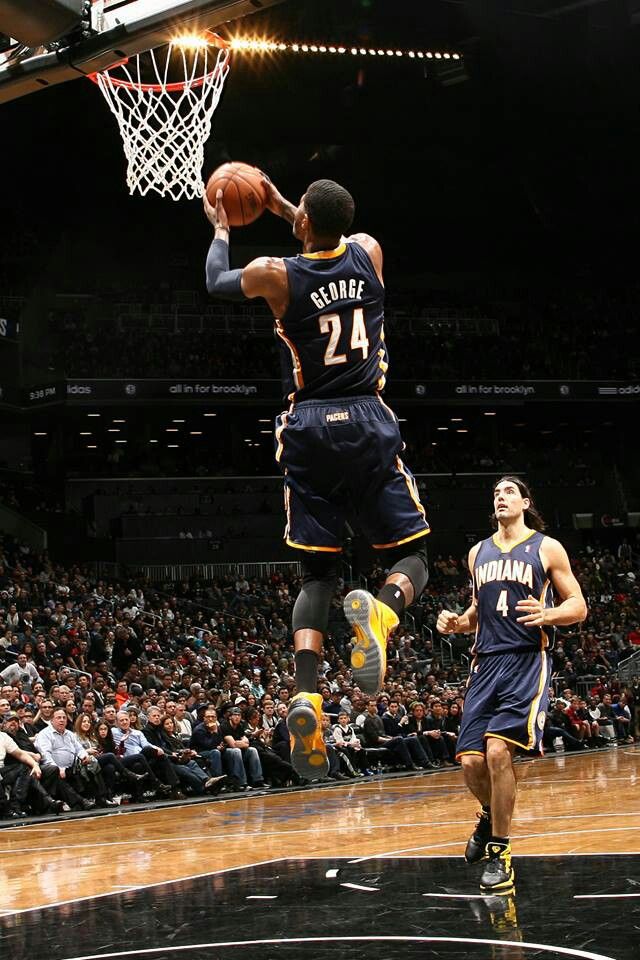
I am not going to go into too much detail on when/who to trap and the rotations as that is all dependent on the location of the ball, who has the ball, and location of the other players.
In the case below, X4 ran and jumped the ball and trapped with X1. My philosophy on this is if you have a quick enough X4, they need to have the freedom to decide when they think is the best time to trap and not to trap. Some coaches may prefer to jump with X3 and attempt to steal the pass back to 4, but I prefer to have X3 stay on 3. Most Bigs are not the best handlers, so why force the ball out of their hands? In this case, X4 will sprint back and try to turn 4 at least twice before half-court while X1 and X3 deny their man.
While there are numerous drills to practice trapping, this 3-on-3 drill is the best I have seen. (If you have some great drills please feel free to share with).
Place three offensive players around the circle to form a triangle (They are not allowed to move or dribble), place three defensive players inside of that circle; coach has the ball. Once the ball is passed the two closest defenders trap the ball. The third defensive player must play safety and stunt and try to read the passer and steal the pass. The offensive player with the ball can pass to either of the other two offensive players; this also encourages fake a pass / make a pass. The two trappers are trying to deflect any passes out.
Once the ball is passed the two closest defenders trap the ball. The third defensive player must play safety and stunt and try to read the passer and steal the pass. The offensive player with the ball can pass to either of the other two offensive players; this also encourages fake a pass / make a pass. The two trappers are trying to deflect any passes out.
You can score this however you want:
- You can put time on the clock and see which team can get the most deflections/force turnovers (switching offense to defense half-way through)
- The player that gets a pass deflected/turnover goes to defense, the player that deflects/steals goes to offense
Throw this into your pre-season work, I guarantee it will increase your defensive efficiency.
Basketball Trap
Home>Sports>Basketball>Coaching Basketball
PreviousNext
Table of Contents
- Traps In Basketball
- Backcourt Traps
- Cons Of Traps In Basketball
- Pros Of Traps In Basketball
- How To Trap In Basketball
- How To Escape A Basketball Trap
Traps In Basketball
A trap in basketball is a defensive strategy used to force a turnover by surrounding the ball-handler at a specific location on the court making it difficult for him to escape, a true trap.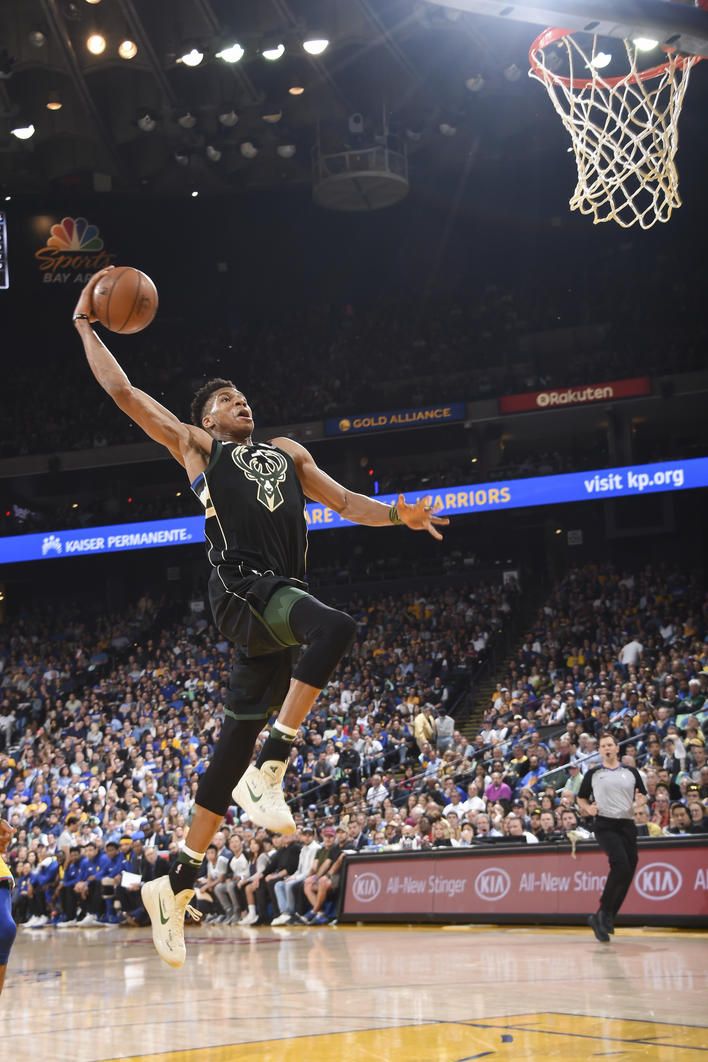 On a trap, two or more defensive players will surround the ball-handler and wave their arms in the air to prevent any escape or pass attempt.
On a trap, two or more defensive players will surround the ball-handler and wave their arms in the air to prevent any escape or pass attempt.
The goal of any trap is to force a turnover.
Traps are usually placed near the boundary lines because they don't give the dribbler a lot of room to move without the possibility of stepping out of bounds. Here are the main spots on the court to set a trap:
- at the baselines or coffin corners
- at the sidelines in the back court
- at the sidelines in the front court
Backcourt Traps
Traps in the backcourt are more efficient if done in the baseline corner, known as a coffin trap, and near the midcourt line, close to the sidelines. Setting a baseline trap in the corners is effective because you are trapping the ball-handler in between the sidelines and baselines, making the chances of the player stepping out of bounds very high. Baseline traps are executed right after the ball is passed inbounds by the offense.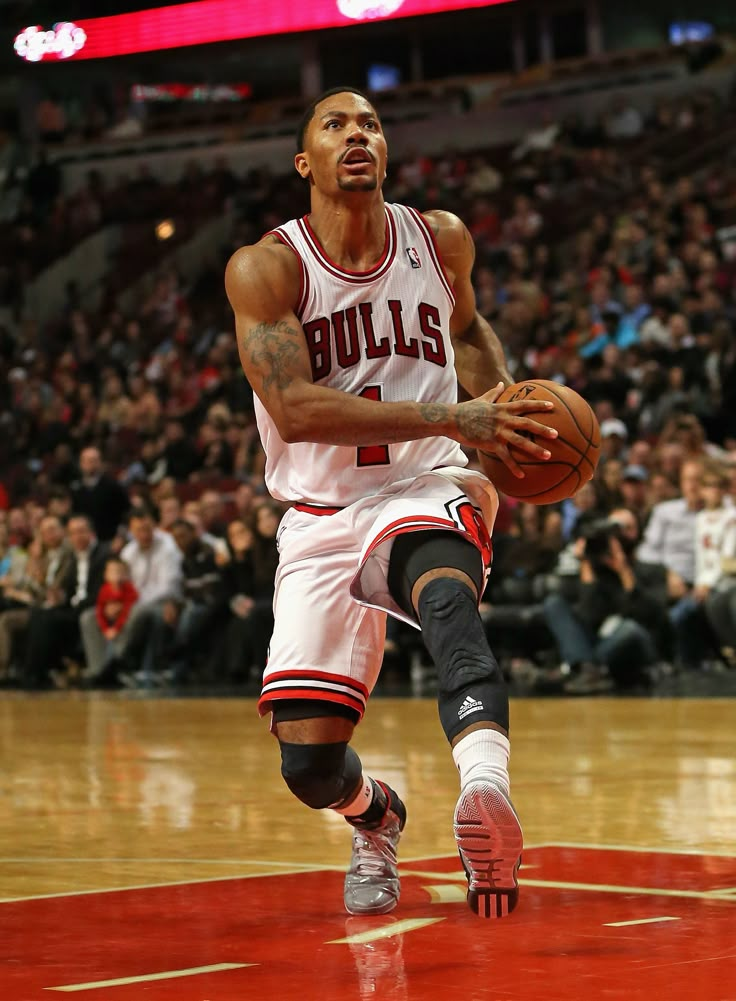 Being trapped in the backcourt is terrible for the offense, and a great strategy for the defense. Since players only have 8 seconds to travel through the backcourt into the frontcourt, a trap in the backcourt makes the chances of an 8-second violation being called, and a turnover being committed, high.
Being trapped in the backcourt is terrible for the offense, and a great strategy for the defense. Since players only have 8 seconds to travel through the backcourt into the frontcourt, a trap in the backcourt makes the chances of an 8-second violation being called, and a turnover being committed, high.
Backcourt traps are usually done by defenses that like to press, that is, to defend and pressure the offense starting on the frontcourt. Press defenses wear out players more quickly, but they provide more trapping opportunities and consequently more turnovers.
Cons Of Traps In Basketball
Since trapping often requires two or more players to surround the dribbler it leaves an extra offensive player open on the court. If the dribbler breaks through the trap or makes a pass to a teammate, the offense will have an easier time scoring. Players will also have to run more and will consequently get tired faster when trapping is used extensively in a game. All that makes it really important that traps are trained repeatedly in practice.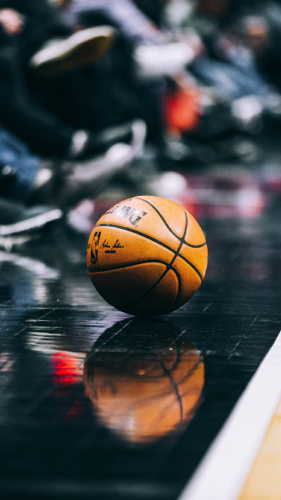 Player must know when to trap, who to trap, and where to trap, otherwise the defense will get exposed. It is also really important for coaches to know when to instruct their players to trap and at what moments of the game.
Player must know when to trap, who to trap, and where to trap, otherwise the defense will get exposed. It is also really important for coaches to know when to instruct their players to trap and at what moments of the game.
Pros Of Traps In Basketball
There are lots of pros to utilizing traps in a basketball game. That doesn’t mean that traps should be used all game and every game, different moments of a game require different strategies depending on a team’s needs at the time. Traps are a great way to force a turnover, which may be useful in a situation where the team needs to recover the ball quickly. A successful trap might also leave the opponent insecure and off-balance when inbounding the ball. Also, trapping is great to be used in full-court or half-court press defenses.
How To Trap In Basketball
When designing your trap follow these steps to be effective.
- Pick a location to set the trap, preferably close to a sideline or baseline.
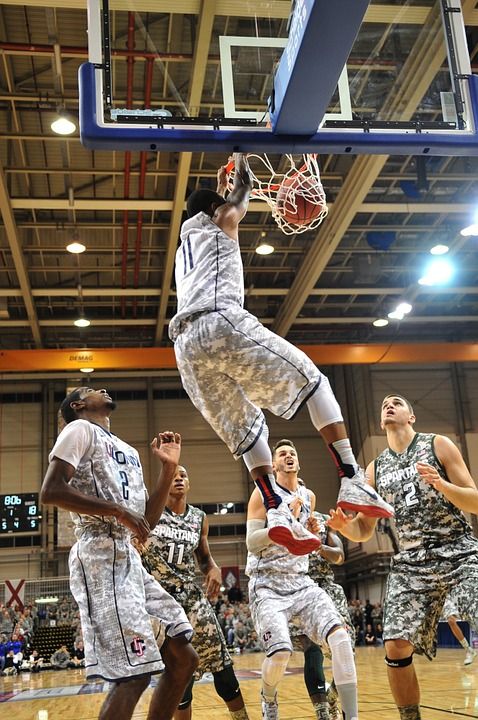
- Decide when to execute the trap, either on an inbound pass or when a specific player gets the ball. Timing is key for a trap to be successful
- Have one or two players move into position and surround the dribbler.
- Stand your ground and wave your arms in the air creating an unbreakable wall that the dribbler can't escape, and it is very hard to spot a free player.
How To Escape A Basketball Trap
Escaping a trap is not easy. If you find yourself in a trap, you can try and escape by following these key tips:
- Call a timeout
- Get low to the floor and don't turn your back, protecting the ball
- Pass the ball to a teammate by going over the trap
- Pass the ball to a teammate by feinting a high pass and passing it low
- Try and break through the trap by going in between the players
- Spin and pivot around the defenders
PreviousNext
Pages Related to Basketball Trap
- Basketball Starting Lineup
- Basketball Zone Formation
- Basketball X-Y-Z Half-Court Press
- Basketball X-Y-Z Zone
- Basketball Strategy
- Basketball Stalling
PreviousNext
How to catch the ball safely and correctly: tips from basketball players
Catching is one of the four ball handling techniques in basketball.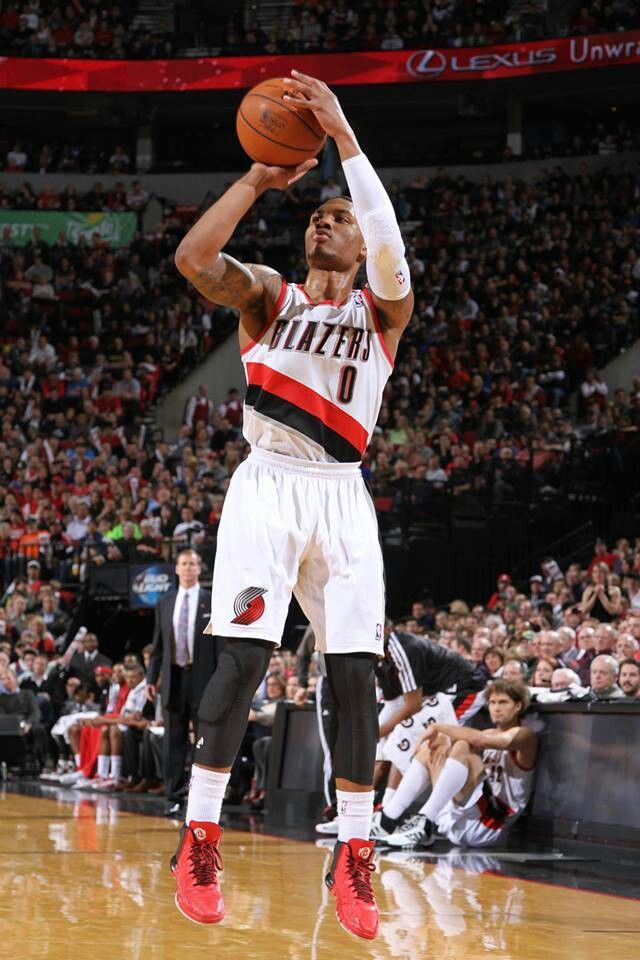 Its correct execution allows the player not only to take possession of the ball, but also to immediately take any further attacking actions. Thus, catching the ball is the starting position for a number of other offensive techniques (passing, dribbling, throwing into the basket).
Its correct execution allows the player not only to take possession of the ball, but also to immediately take any further attacking actions. Thus, catching the ball is the starting position for a number of other offensive techniques (passing, dribbling, throwing into the basket).
During the game, a basketball player must not passively wait for the ball. His task is to move around the site and move towards a possible pass. The player's gaze should be directed at the ball, but at the same time, with peripheral vision, he should see the position of partners and opponents on the court in order to quickly assess the situation and determine their further actions.
Get new forecasts: Vkontakte and Telegram .
The choice of how to perform a technique depends on how fast and at what height the sports equipment flies, as well as on one's own position in relation to it.
The easiest and most reliable way to master the ball is to catch the ball with both hands.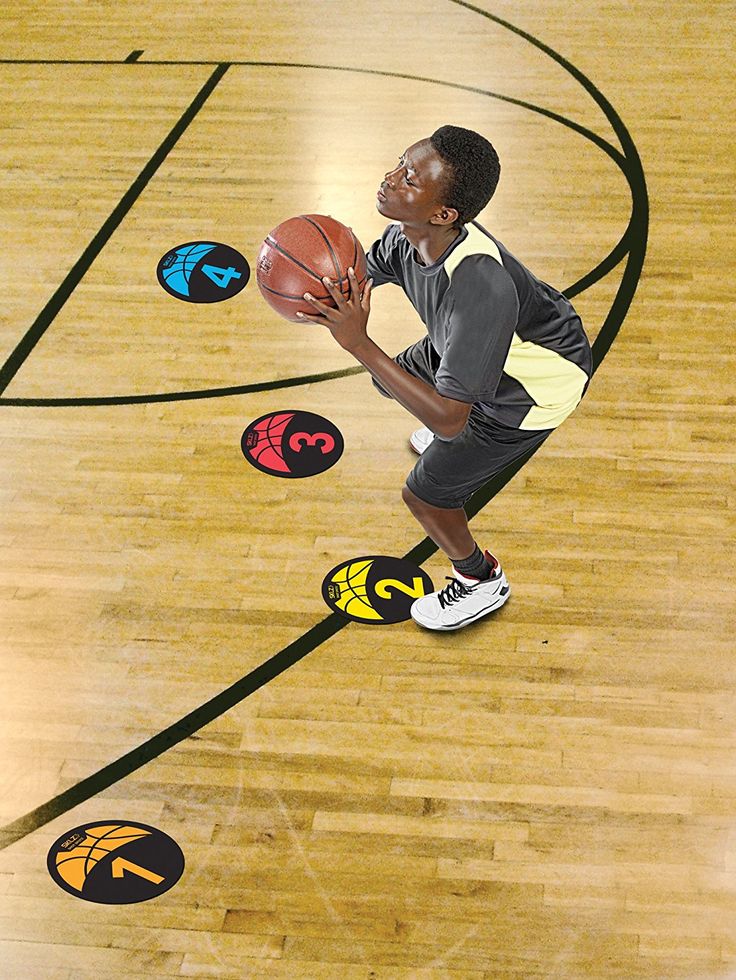 In this case, the player stretches his arms with tense hands towards the approaching projectile. At the moment of contact, the ball is wrapped around the fingers. At the same time, the arms should bend slightly, extinguishing the speed of the sports equipment. Having fixed the ball, the player immediately takes the position necessary to perform the next technique. A high-flying ball is caught in the same way, only in addition the player must make a jump. To pick up a ball that has bounced off the court, an oblique movement is made. In this case, the ball is wrapped around with brushes from the outside and pulled up by the hands to the body.
In this case, the player stretches his arms with tense hands towards the approaching projectile. At the moment of contact, the ball is wrapped around the fingers. At the same time, the arms should bend slightly, extinguishing the speed of the sports equipment. Having fixed the ball, the player immediately takes the position necessary to perform the next technique. A high-flying ball is caught in the same way, only in addition the player must make a jump. To pick up a ball that has bounced off the court, an oblique movement is made. In this case, the ball is wrapped around with brushes from the outside and pulled up by the hands to the body.
Basketball players have to catch the ball with only one hand when the game situation does not allow them to reach it with both hands. The technique for performing this technique is somewhat different from the previous one. In this case, the player must extend his arm with a relaxed hand towards the ball. As soon as the ball touches the fingers, it is necessary to take the hand back a little, accompanying and at the same time slowing down the projectile.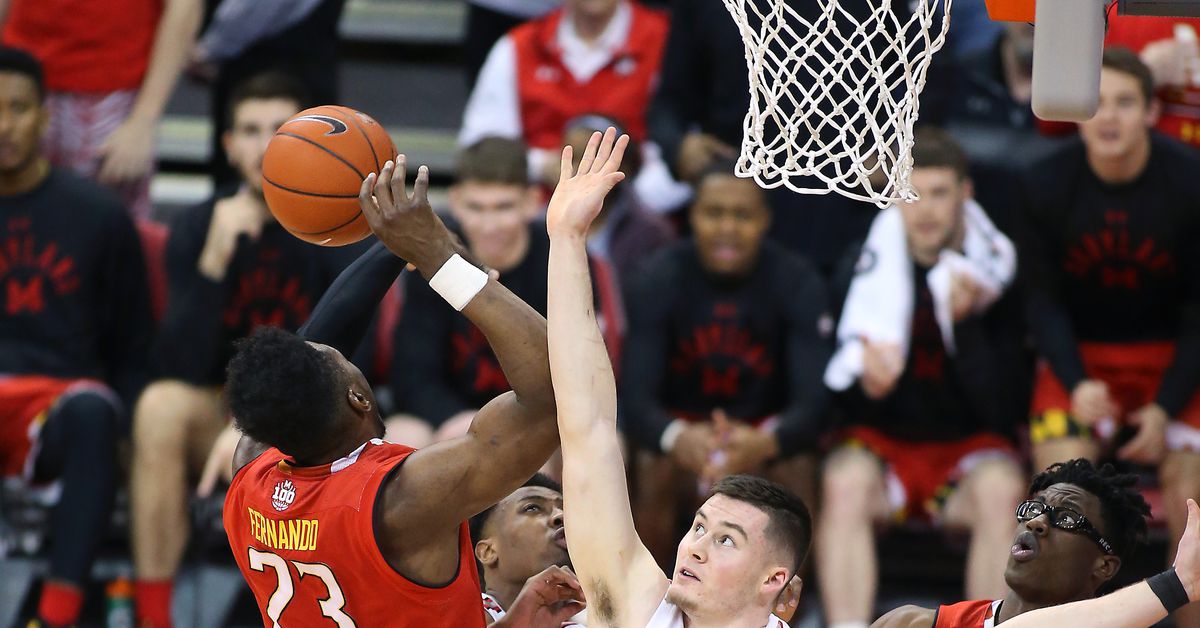 A slight turn of the body towards the working hand facilitates the process of stopping the ball and fixing it. After that, the ball is clasped with two hands. If the projectile flies high, then the player, performing a catch with one hand in a jump, slightly bends the body, quickly lowers it and, holding it with the other hand, pulls it up to the body. As soon as the ball is caught, the basketball player must take a stance to perform the next game move.
A slight turn of the body towards the working hand facilitates the process of stopping the ball and fixing it. After that, the ball is clasped with two hands. If the projectile flies high, then the player, performing a catch with one hand in a jump, slightly bends the body, quickly lowers it and, holding it with the other hand, pulls it up to the body. As soon as the ball is caught, the basketball player must take a stance to perform the next game move.
All about basketball
Beginning and ending of a quarter, overtime or game in basketball: time of game and break, duration and number of overtimes, holding rallies
What is mixed defense in basketball? Defense tactics in basketball can be conditionally divided into two types: personal and zone. Personal defense...
Hit and ball interference in basketball: stages of shooting, types of interference, penalty for illegal throw It is necessary to perform correctly .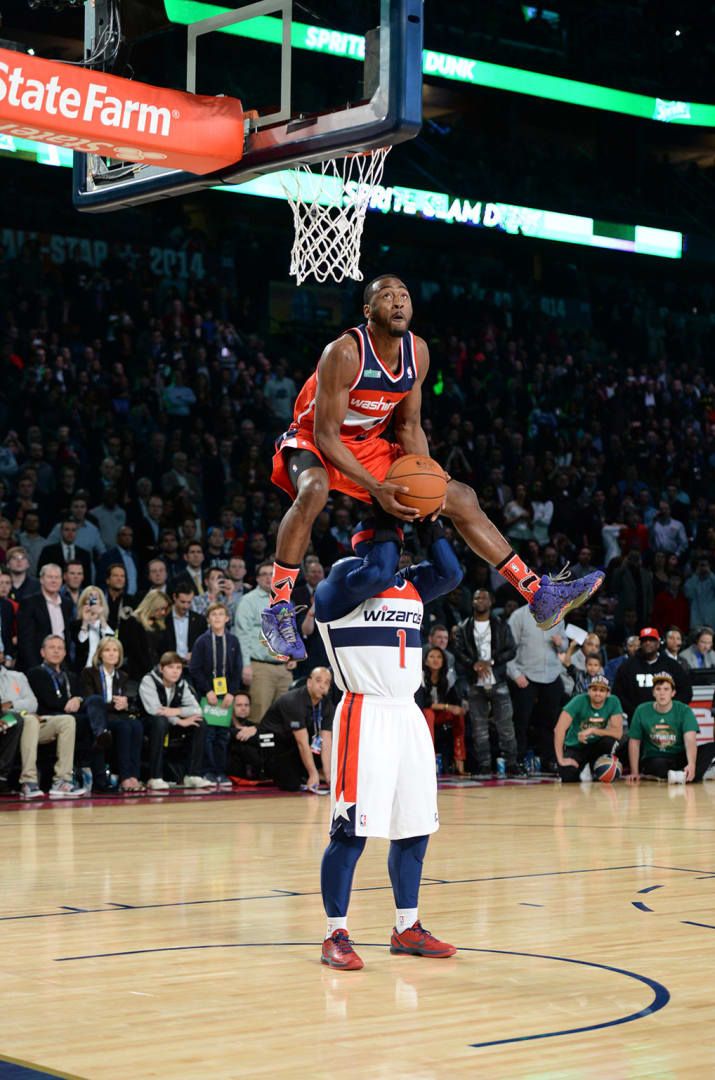 ..
..
Fouls in basketball: what is it, foul protocol, the principle of inevitability of punishment in basketball A foul is equated as ... basketball? What does it mean to replenish the roster in basketball? A roster is all players of the same basketball...
Time to attack What does "time to attack" mean in volleyball? How much time is given to the team to attack? The time to attack is an interval of...
Number 40 in basketball The history of basketball has many talented athletes who have played number 40 at different times. However...
Free throw area What is the “free throw area” in basketball? What does the free throw area look like? Penalty area...
All about sports
London Stadium (London), also known as the Olympic Stadium London Stadium (London Stadium - English), better known as the Olympic Stadium.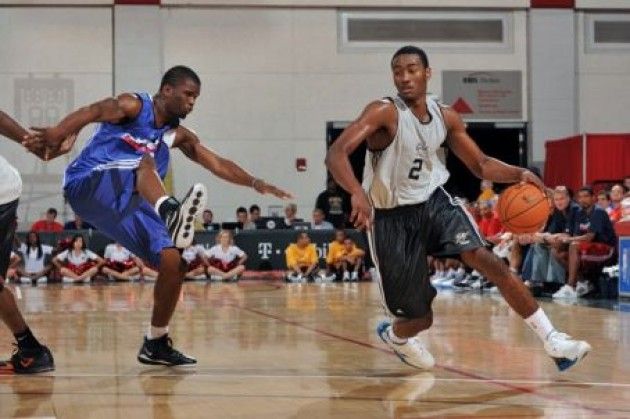 ..
..
How does the match calendar affect esports betting? What is the effect of inertia? In eSports, as well as real sports disciplines,...
Generator of jokes about the Russian national team Jokes about the Russian national football team are classics. Perhaps, there are more jokes about the national team than about...
Khimki (Moscow Region) BC Khimki near Moscow is a regular participant in the VTB United League. Successfully represents the country in European...
Basketball: Catching the ball - Ball handling technique
Each player of the attacking team must be ready to catch the ball at any time during the game.
The ability to catch the ball in direct contact with the opponent is of great importance for a successful game. A basketball player receiving the ball must not receive it while STANDING STANDING. He must move towards the ball (going to the ball). For a timely entry to the ball, the outgoing player must take into account the time required by the passing partner to catch and handle the ball.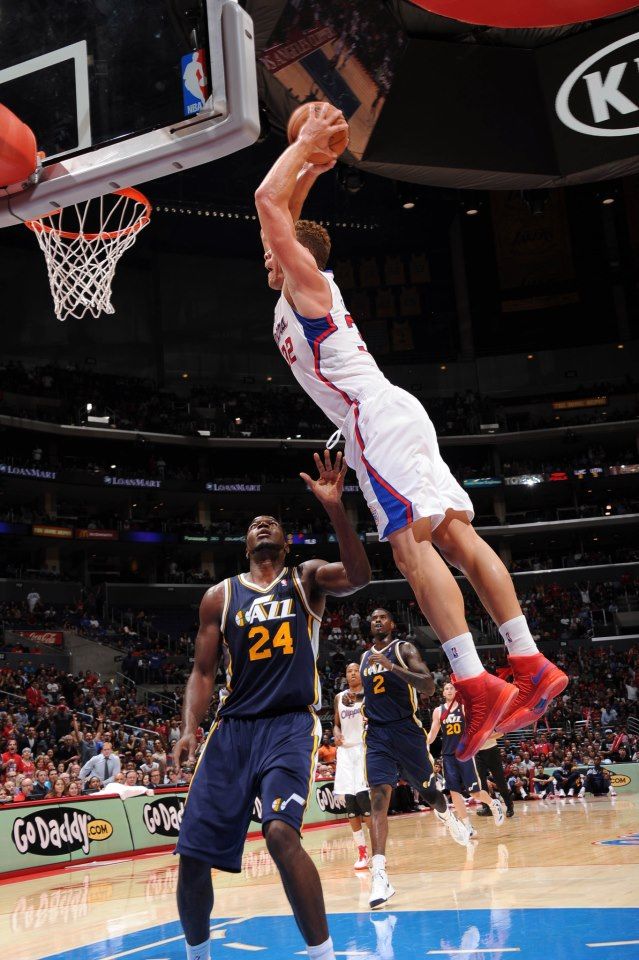 Without such a calculation, going out to get the ball is premature and useless. Breaking away from the opponent by 20-30 cm, without stopping the movement, the attacker can be sure that he will successfully catch the ball. In such cases, the player in possession of the ball must boldly pass it to the chest of the exiting partner. Even if a fight starts, the partner entering the ball will always be in a better position than his opponent.
Without such a calculation, going out to get the ball is premature and useless. Breaking away from the opponent by 20-30 cm, without stopping the movement, the attacker can be sure that he will successfully catch the ball. In such cases, the player in possession of the ball must boldly pass it to the chest of the exiting partner. Even if a fight starts, the partner entering the ball will always be in a better position than his opponent.
Reaching the ball away from the passing partner is less common because it is more risky; the ball can be intercepted. These exits to the ball require a very accurate calculation from the sender, since the transfer is not made into the hands of the partner, but forward or to the side in the direction of his movement (to an empty place).
It is especially necessary to stop at catching the ball in the fight against the opponent, when the ball bounces off the backboard after an unsuccessful throw into the basket.
During the game, the struggle for possession of the ball is repeated many times under each backboard.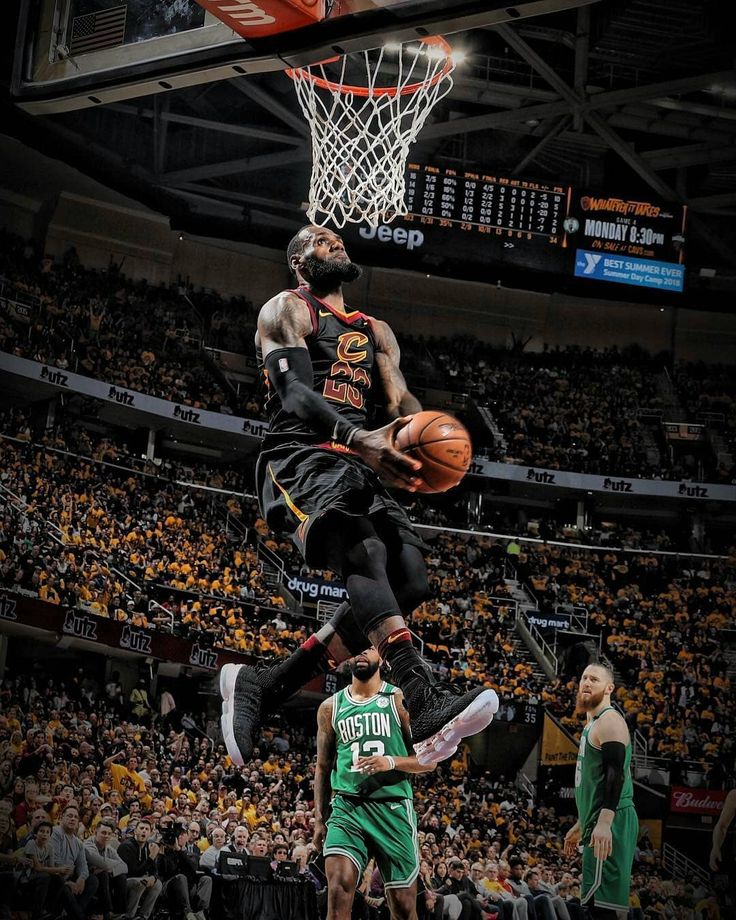 The fight for the ball under the backboard is a fight for the right to attack, and therefore for the result.
The fight for the ball under the backboard is a fight for the right to attack, and therefore for the result.
Statistics show that in 40 minutes of play both teams on average make 120 shots on the basket and approximately 50 of them reach the goal (40%). 70 times after unsuccessful shots, the players of both teams in the same conditions must fight for possession of the ball. The more balls a team receives in this fight, the more often it will be able to attack and increase the score in their favor. Therefore, each player must improve his ability to catch the ball in the air in the fight against the opponent.
Basketball players who are good at jumping for the ball with the opponent, catching the ball with one and two hands and choosing the right place to jump will always be winners in the fight and will always give their team the right to attack again, regardless of whether it was defending at that moment or attacked.
The need to catch the ball in the most unexpected conditions requires players to master all the techniques of catching the ball: with one and two hands, rolling on the ground, flying low and high, bouncing off the ground, etc.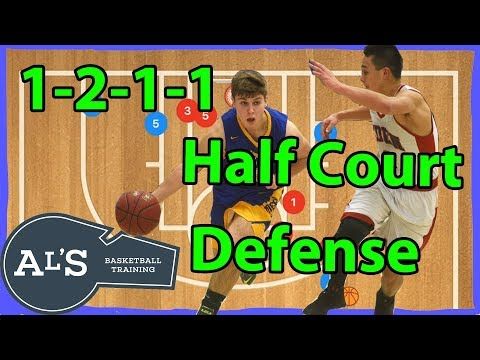
The art of catching the ball is not only about taking the ball and holding it. Catching the ball is preceded by preparation; during it, the player must choose the most convenient place, which should ensure success in catching the ball.
After choosing a place - preparation - the main point of catching the ball follows - a reliable possession of the ball. Having caught the ball, the player must protect it from the opponent for further action. All these three points that make up the reception of catching the ball affect the quality of the reception. Mistakes made at one of these moments may prevent possession of the ball altogether or make it impossible for the person who has the ball to pass it to a teammate.
For example, a ball thrown into the basket does not hit it, but, having bounced off the backboard or hoop of the basket, goes into the field. A basketball player, in order to catch the ball, must first carry out preparatory actions. He will determine the direction of the ball's rebound and the approximate range of its flight, and during its flight will quickly move to the place where the ball is likely to land.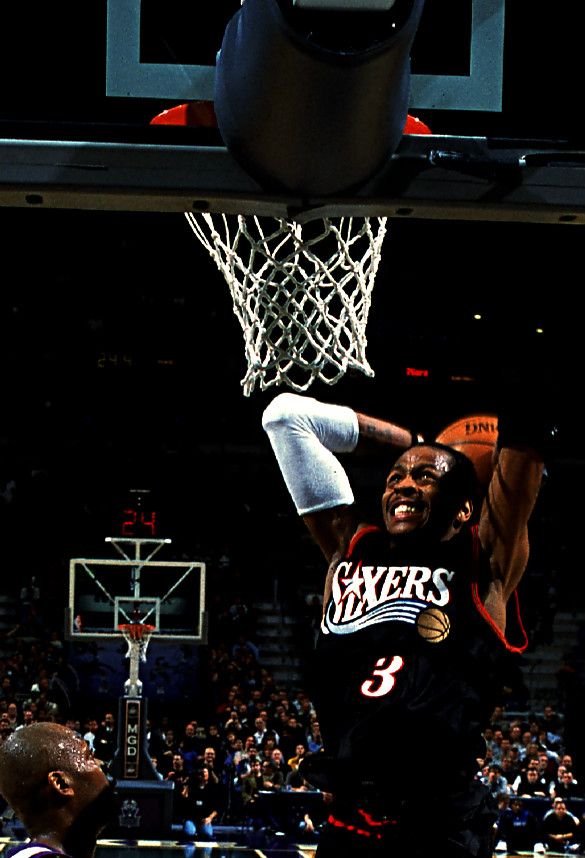 If his actions are quick and decisive, he will always be in the best place to catch the ball. If the player does not carry out these preparatory actions, then most likely he will not catch the ball and there will be a visual impression that he is not even trying to catch the ball. Having correctly and timely carried out preparatory actions, the player must take possession of the ball.
If his actions are quick and decisive, he will always be in the best place to catch the ball. If the player does not carry out these preparatory actions, then most likely he will not catch the ball and there will be a visual impression that he is not even trying to catch the ball. Having correctly and timely carried out preparatory actions, the player must take possession of the ball.
All the work of a basketball player spent on preparation and possession of the ball will be justified if, after the reception, he retains freedom of action and is able to pass the ball to a partner. To do this, the player, having mastered the ball, must take measures to keep it from the opponent the next moment after mastering it. The opponent will also try to catch the ball, and if he fails to do this, he will, of course, enter into a fight for the ball with the player who took possession of the ball earlier.
If the basketball player who has taken possession of the ball does not take effective measures to save it, then the opponent can emerge victorious in this fight: either he will take the ball away, or the referee will appoint a controversial throw, the result of which is not always known.
Learning to catch the ball and improving this technique must necessarily take into account all three points that have been discussed above.
In order to catch the ball correctly with one or both hands, you need to clearly imagine the whole process of this action. The ball sent by one player to another has a speed that is directly proportional to the physical strength expended by the passing player.
If you try to stop a flying ball instantly, then the collision of the stopping hand and the ball will be very hard. An example would be a ball hitting a wall. The ball bounces back from the wall with great force. If on the way of a fast-flying ball there is not a wall, but a spring net, then the ball, having met on its way at first weak, and then gradually increasing resistance, will gradually lose speed and, without rebounding, will calmly fall to the ground. The principle of correct catching the ball is based on the action of the spring net.
A player who has learned to apply the gradual resistance needed to stop the ball can catch a ball flying at any speed.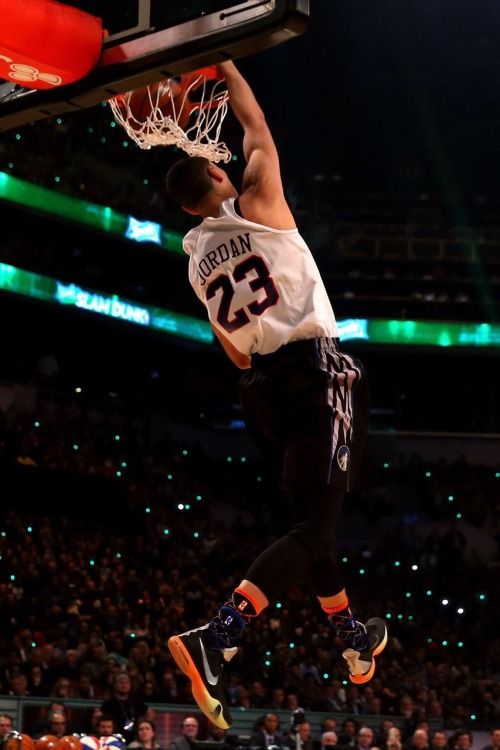 The process of catching the ball with such a player will take place with extraordinary ease and ease.
The process of catching the ball with such a player will take place with extraordinary ease and ease.
The greater the speed of the flying ball, the greater the distance at which it is necessary to exert increasing resistance with the hands until it comes to a complete stop. In all cases, one should strive to minimize this distance as much as possible, using additional effort from the hands and fingers. The principle of catching the ball with one and two hands is the same.
Two-handed catch . The main and most reliable method of catching the ball is catching with two hands.
If the ball flies at chest height, it must be met with arms extended forward. The palms of the hands with relaxed, freely spaced, half-bent fingers form a funnel (thumbs up, inward) a little wider than the ball. The ball, met at a distance of the length of the arms from the chest and fell into the funnel, from the moment it touches the fingers, with a yielding movement of the hand, increasingly increasing resistance begins to come to a complete stop (Fig.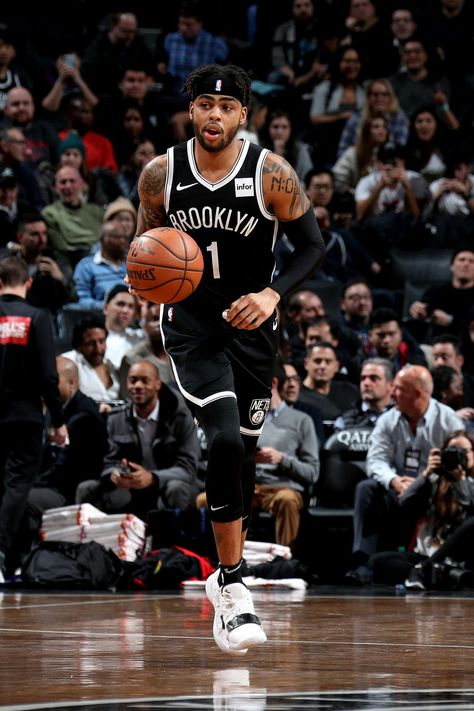 3). If the ball flies to the side, then the player must try to get in his way, or in any case approach the path of his flight.
3). If the ball flies to the side, then the player must try to get in his way, or in any case approach the path of his flight.
A ball flying above the head is met in a jump or on the spot also with slightly springy arms extended forward.
Fig. 3. Catching the ball with two hands
Catching the ball with one hand . The basis of catching the ball with one hand is the same as with two. A hand half-bent at the elbow with fingers wide apart, forming a kind of funnel, is exposed towards the flying ball. The ball, having met on the way a gradually increasing resistance of one hand, loses its speed (Fig. 4).
Fig. 4. Catching the ball with one hand
Catching the ball from a half-bounce . The technique of catching the ball from a half-bounce is used to maintain the pace of the game. Of course, you can wait until the ball, having bounced off the ground, rises to a height sufficient so that without additional movements it would be easy to catch the ball.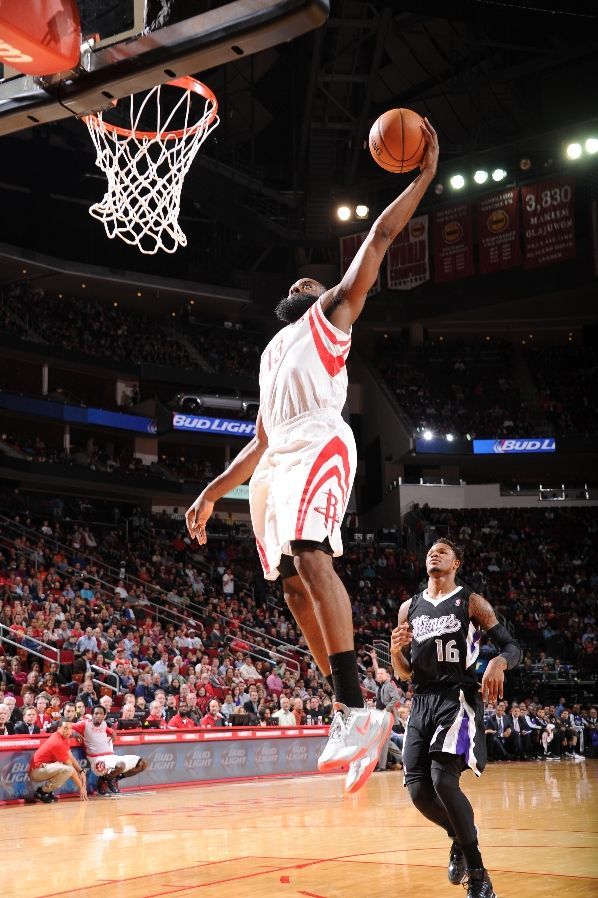 But the situation of the game often requires accelerating the moment of mastering the ball (approaching the opponent, a good short-term release of the partner, etc.).
But the situation of the game often requires accelerating the moment of mastering the ball (approaching the opponent, a good short-term release of the partner, etc.).
In this case, the player does not wait for the ball to rise, but leans towards it and catches it as it bounces off the ground. The less distance the ball will fly from the ground after the rebound, the better this catching technique will be (Fig. 5).
To do this, the player with half-bent arms lowered down simultaneously with the falling ball leans down. The moment of the ball's rebound and the end of the player's tilt must match, only under this condition the ball can be caught immediately after the rebound. Hands with spread, not tense fingers form a funnel into which the ball enters. With a good mastery of this technique, it can be carried out without visual control of the ball.
Fig. 5. Catching a ball from a half-bounce
Catching a rolling ball . Catching a ball rolling on the ground while standing still is not difficult.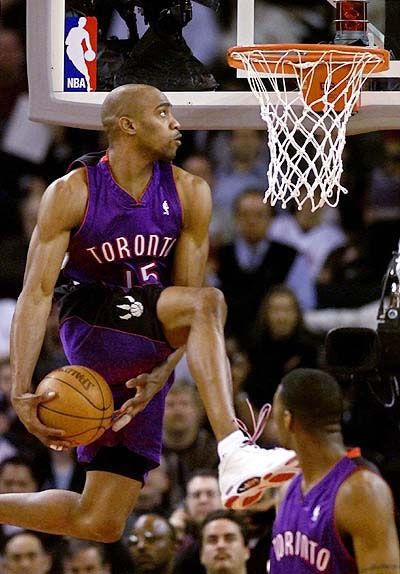 The player with arms down leans over and places the palm of one hand in the path of the ball. Fingers should be loose and wide apart. As soon as the ball touches the palm, the player puts his second hand on it.
The player with arms down leans over and places the palm of one hand in the path of the ball. Fingers should be loose and wide apart. As soon as the ball touches the palm, the player puts his second hand on it.
Catching a rolling ball while running fast is much more difficult. The player is required, without reducing the running speed, to perform the same movements.
To do this, the player, moving towards the ball, must move slightly away from the path of the ball, as if passing it past him. Leaning over, he must put forward to the ball (slightly to the side) the leg of the same name (if the ball rolls on the right side, the right leg, if on the left, the left) and transfer the weight of the body to it. The second leg is off the ground and ready to take a step after receiving the ball.
The success of this technique depends on the timely choice of the place of approach to the ball and coordination of movements - setting the foot, tilting, transferring the weight of the body to the supporting leg, grabbing the ball and the next step.